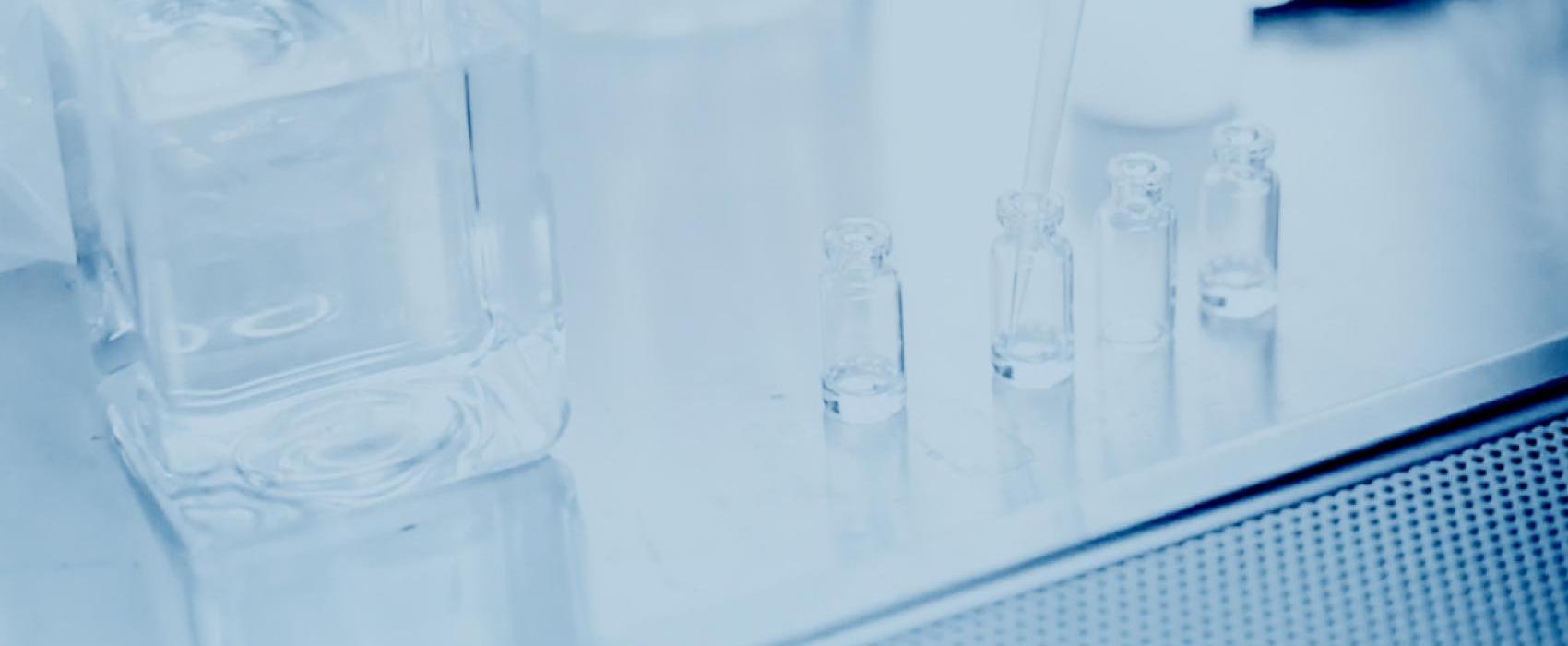
MHRP scientists developed a monoclonal antibody that binds solely to lipids located inside cells but which has the capability to neutralize HIV.
MHRP scientists have developed a monoclonal antibody that binds solely to lipids located inside cells but has the capability to neutralize HIV. This research is published in the October 26, 2010 online issue of Biochemical and Biophysical Research Communications.
Investigators compared WR321, a non-human monoclonal IgG antibody that binds to phosphoinositide lipids, developed by Dr. Gary Matyas at MHRP, with a human monoclonal IgG antibody that in recent studies was found to have lipid-binding characteristics, including binding to phosphoinositides, but also bound to numerous other lipids. Using standard enzyme-linked immunosorbent assays (ELISA) and peripheral blood mononuclear cell (PBMC) assays, researchers discovered that unlike previously described human antibodies to lipids, WR321 did not react with any of 17 other lipids it was tested against, including cholesterol, glycolipids, and other phospholipids such as cardiolipin and phosphatidylserine, but it bound specifically only to two phosphoinositides. Furthermore, upon incubation of the antibody with PBMCs, beta-chemokines—molecules that are known to neutralize HIV—were released, and the release of beta-chemokines occurred whether HIV was present or not.
“Our findings show that WR321 neutralized certain strains of HIV-1 to prevent infection of PBMC. The WR321 antibody is unique in that it specifically binds only to phosphatidylinositol phosphate (PIP) and phosphatidylinositol bisphosphate (PIP2), which are two of the seven phosphoinositide molecules that are precursors of important intracellular signaling molecules. Although phosphoinositides are also constituents of HIV, in the absence of HIV they are located only inside cells,” said lead investigator Carl Alving, M.D. with the Division of Retrovirology at the Walter Reed Army Institute of Research. “For the first time, it appears that a monoclonal antibody that binds only to highly purified intracellular phosphoinositide lipids, and not to any of 17 other types of lipids or to HIV protein, results in the secretion of HIV-inhibitory beta-chemokines.”
Since PIP and PIP2 and other phosphoinositides do not exist on the outside surface of cells, this study suggests that one or more of the cells in the PBMC population might have internalized the antibody to bind to intracellular lipids and caused the release of molecules that inhibit HIV infection. “This observation represents a novel concept that could lead to expansion of the types of antigenic targets for antibodies that inhibit HIV infection,” said Dr. Alving. Additional research will be needed to determine the exact binding site of the antibody and to identify the specific mechanism by which binding of the antibody to the phosphoinositide lipid may have caused secretion of the beta-chemokines.